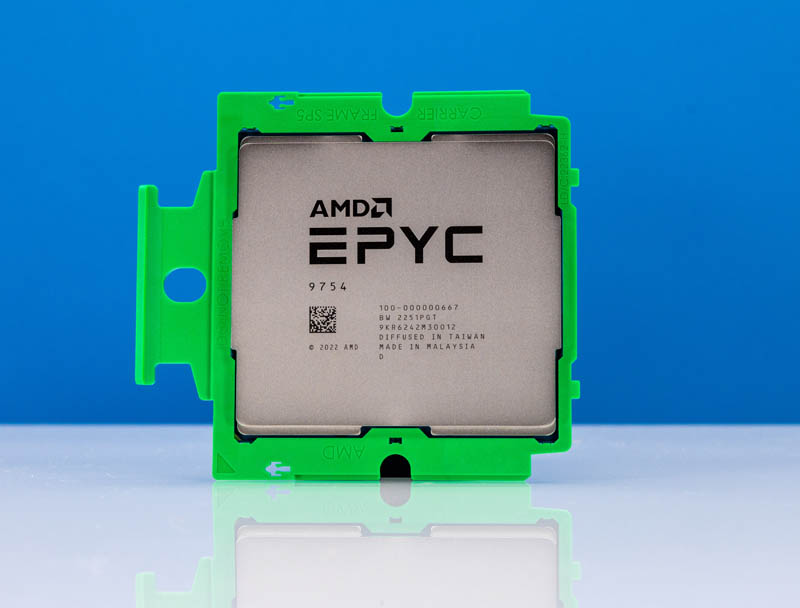Caporegime
Bergamo 128 core Zen 4 launched, 16 core Chiplets.
Genoa with 96 cores has 12 CPU chiplets (8 cores in each) Bergamo with 128 cores has 8 chiplets, 16 cores in each.
Apparently no one knew about this, the reason being AMD didn't have to do any engineering work with motherboard vendors, so no one out side of AMD saw one, AMD have come up with a way to drop a new CPU type in to an existing platform and package that has already had all the qualification engineering done.
I'll let the tech supports tech support Windell explain....
PS: GenoaX has 1.1GB of L3 cache

 youtu.be
youtu.be
Genoa with 96 cores has 12 CPU chiplets (8 cores in each) Bergamo with 128 cores has 8 chiplets, 16 cores in each.
Apparently no one knew about this, the reason being AMD didn't have to do any engineering work with motherboard vendors, so no one out side of AMD saw one, AMD have come up with a way to drop a new CPU type in to an existing platform and package that has already had all the qualification engineering done.
I'll let the tech supports tech support Windell explain....
PS: GenoaX has 1.1GB of L3 cache


128 Cores & 3D V-Cache EPYC - Launching Today!
Wendell talks Genoa and Bergamo from the new 3d V-Cache CPUs from AMDAMD Tuning Guides: https://www.amd.com/en/processors/server-tech-docs/search?f%5B0%5D=do...



